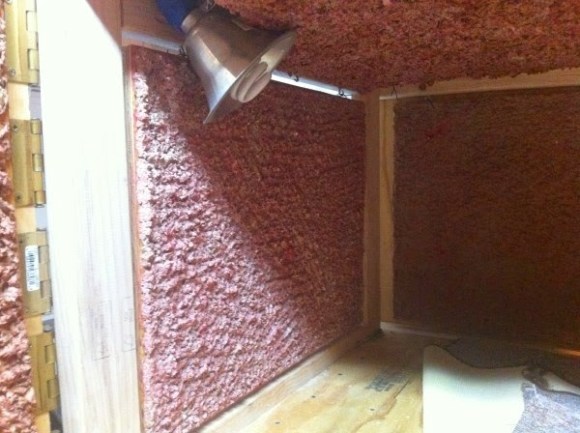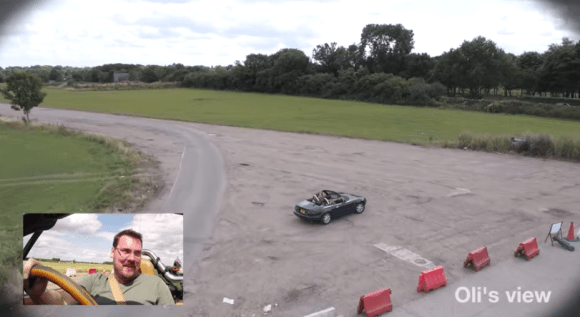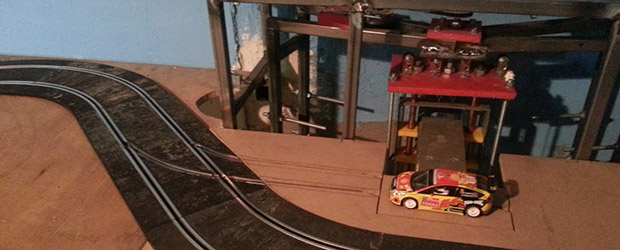![]()
[wjlafrance] recently picked up an old NeXTstation, complete with keyboard, mouse, display… and no display cable. The NeXT boxes had one of the weirder D-sub connectors a still weird DB-19 video connector, meaning [wjla] would have to roll his own. It’s basically just modifying a pair of DB-25 connectors with a dremel, but it works. Here’s the flickr set.
The guys at Flite Test put on a their first annual Flite Fest last month – an RC fly-in in the middle of Ohio – and they’re finally getting around to putting up the recap videos. +1 for using wacky waving inflatable arm flailing tube men as an obstacle course.
My phone’s battery is dead and my water pressure is too high.
Stripboard drawing paper, written in [; \LaTeX ;].
Remember the Commodore 16? [Dave] stuck a PicoITX mother board in one. He used the Keyrah interface to get the original keyboard working with USB. While we’re not too keen on sacrificing old computers to build a PC, it is a C16 (sorry [Bil]), and the end result is very, very clean.
A Chromecast picture frame. [philenotfound] had a 17″ LCD panel from an old Powerbook, and with a $30 LVDS to HDMI adapter, he made a pretty classy Chromecast picture frame.
















